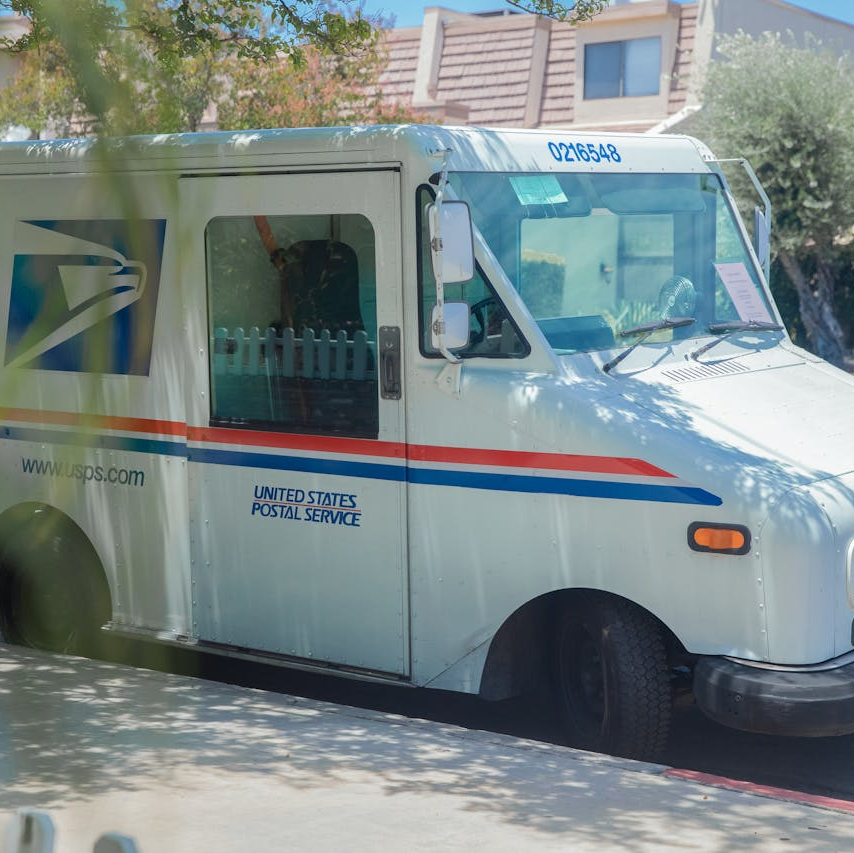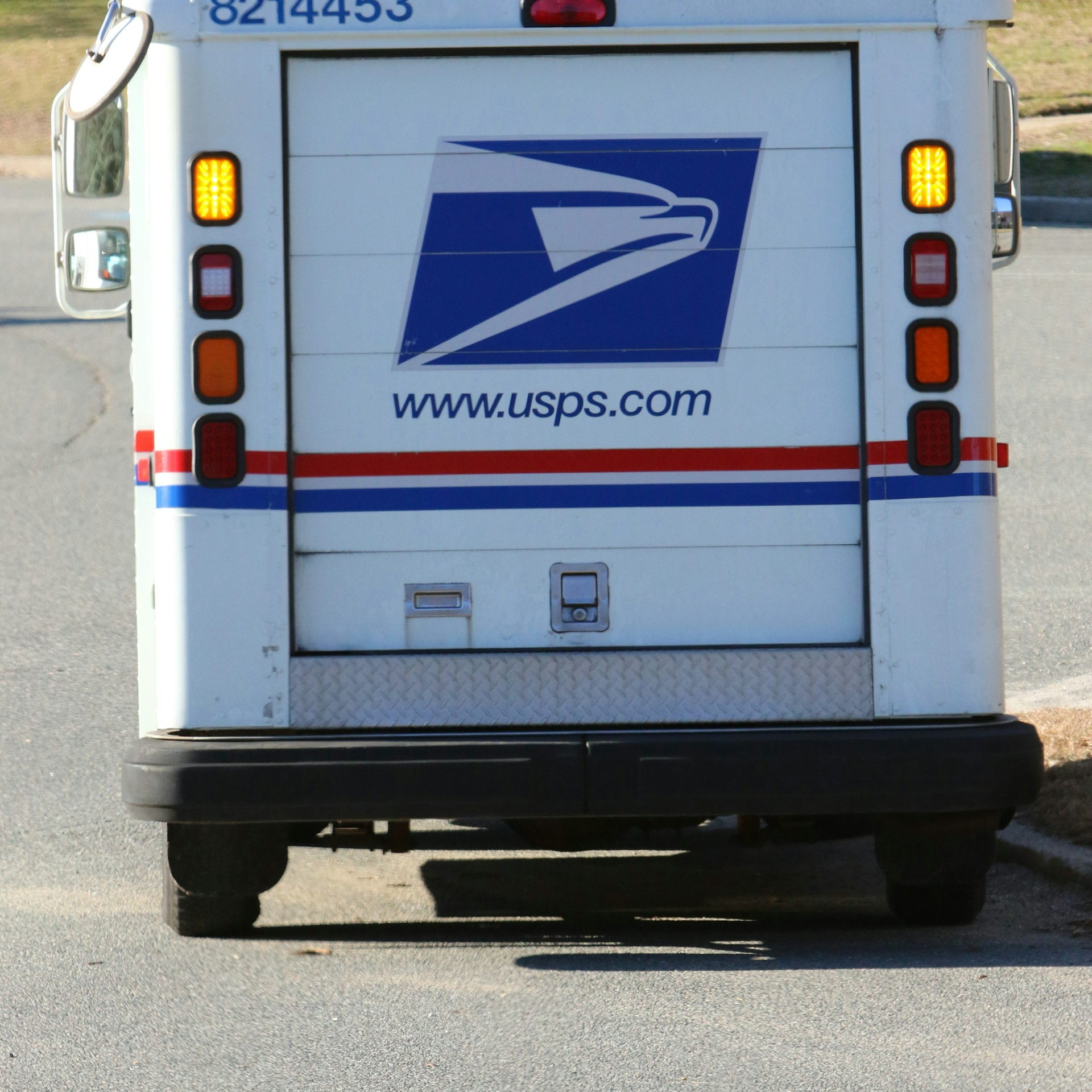Key Takeaways:
- Postal workers transitioning to the PSHB in 2025 need to understand how cost-sharing impacts their premiums and overall healthcare expenses.
- The introduction of PSHB marks significant changes in premium structures, necessitating careful consideration of how cost-sharing mechanisms work.
PSHB and Cost-sharing: What Postal Workers Need to Know About Premiums
As the Postal Service Health Benefits (PSHB) program prepares to roll out in 2025, postal workers and retirees face an essential transition from the Federal Employees Health Benefits (FEHB) program. Understanding the changes, particularly regarding premiums and cost-sharing, is critical for making informed healthcare decisions. The PSHB program, created under the Postal Service Reform Act of 2022, introduces a new era of healthcare for postal workers, making it crucial to grasp how these changes will impact your finances.
What Is PSHB and Why Is It Important?
The PSHB program is designed specifically for postal workers, separating their healthcare from the broader FEHB program. Starting January 2025, all eligible postal workers and retirees must enroll in a PSHB plan, which will offer healthcare benefits similar to FEHB but with a structure tailored to the needs of the postal workforce. This transition is significant because it introduces new premium structures and cost-sharing mechanisms that differ from the current FEHB plans.
The primary goal of PSHB is to provide postal workers with a healthcare program that aligns more closely with their specific needs and employment circumstances. By separating from FEHB, the PSHB aims to stabilize costs and improve healthcare delivery for postal employees, but it also requires understanding how premiums and cost-sharing will work under this new system.
Understanding Cost-sharing: Deductibles, Copayments, and Coinsurance
Cost-sharing refers to the portion of healthcare expenses that beneficiaries must pay out of their own pockets, separate from premiums. It is a critical factor in determining the actual cost of healthcare under any insurance plan, including those offered by PSHB.
Deductibles
A deductible is the amount you pay for covered healthcare services before your insurance starts to pay. Under the PSHB, deductibles can vary significantly depending on the specific plan you choose. It’s essential to review these amounts closely because a higher deductible usually means lower monthly premiums but could result in higher out-of-pocket costs if you need frequent medical care.
Copayments
Copayments, or copays, are fixed amounts you pay for a specific service, like a doctor’s visit or prescription medication, after you’ve met your deductible. The structure of copays under PSHB may resemble those under FEHB but could vary depending on the plan. Generally, plans with higher premiums may offer lower copays, while plans with lower premiums may have higher copays.
Coinsurance
Coinsurance is your share of the costs of a healthcare service, usually expressed as a percentage. For example, if your coinsurance is 20%, you pay 20% of the cost of a service, and your insurance pays the remaining 80%. PSHB plans will likely include coinsurance as part of their cost-sharing structures, and the percentage you’re responsible for will depend on the plan you select.
Understanding these cost-sharing components is essential because they directly impact your overall healthcare costs. Choosing a plan with lower premiums might seem appealing, but it’s important to consider how much you’ll pay out-of-pocket in deductibles, copays, and coinsurance, especially if you anticipate needing regular medical care.
How Will Premiums Be Affected by Cost-sharing?
Premiums are the fixed amounts you pay monthly to keep your health insurance active. In the PSHB program, as with FEHB, premiums will vary based on the plan you choose, your level of coverage, and whether you opt for self-only or family coverage.
Balancing Premiums and Out-of-pocket Costs
One of the most important considerations in choosing a PSHB plan will be balancing the premiums with potential out-of-pocket costs. Lower-premium plans may come with higher deductibles and copays, meaning you’ll pay less each month but more when you receive healthcare services. Conversely, higher-premium plans might offer lower deductibles and copays, which could be beneficial if you expect to use a lot of medical services.
The Role of Cost-sharing in Determining Premiums
Cost-sharing mechanisms like deductibles, copays, and coinsurance play a significant role in determining premiums. Typically, plans with higher cost-sharing requirements (e.g., higher deductibles or coinsurance rates) will have lower premiums, while plans with lower cost-sharing will have higher premiums. This relationship is crucial to understand when selecting a PSHB plan, as your choice will affect not just your monthly expenses but also your overall healthcare costs throughout the year.
Important Dates and Transition Timeline
The PSHB program will officially begin in January 2025, but there are several important dates to be aware of leading up to this transition:
-
Open Season Enrollment: This will occur in late 2024, allowing postal workers and retirees to choose their PSHB plans. During this time, it’s critical to review the available options and understand the cost-sharing details of each plan.
-
Automatic Enrollment: If eligible postal workers do not actively choose a PSHB plan during the Open Season, they will be automatically enrolled in a default plan. This automatic enrollment could result in unexpected premiums and cost-sharing, so proactive selection is recommended.
Understanding these dates and the timeline is essential for ensuring a smooth transition to PSHB and avoiding any lapses in coverage or unexpected costs.
Strategies for Managing Cost-sharing Under PSHB
Managing your healthcare expenses under PSHB will require careful planning and consideration of how cost-sharing impacts your budget. Here are some strategies to help you navigate this transition:
Compare Plans Carefully
During the Open Season, take the time to compare the different PSHB plans available to you. Pay close attention to the premiums, deductibles, copays, and coinsurance rates. Use this information to estimate your potential out-of-pocket costs for the year based on your expected healthcare needs.
Consider Health Savings Accounts (HSAs)
If you choose a high-deductible PSHB plan, you may be eligible to contribute to a Health Savings Account (HSA). HSAs allow you to set aside pre-tax money to pay for qualifying medical expenses, reducing your taxable income and providing a financial cushion for healthcare costs. This can be a valuable tool for managing cost-sharing expenses.
Budget for Out-of-pocket Costs
Understanding that cost-sharing can lead to significant out-of-pocket expenses, it’s wise to budget for these costs ahead of time. Consider setting aside a portion of your income each month to cover potential healthcare expenses, so you’re not caught off guard by high deductibles or unexpected medical bills.
What Postal Workers Should Consider When Choosing a PSHB Plan
When selecting a PSHB plan, postal workers should consider several factors beyond just the premium amount. Here’s what to keep in mind:
Anticipated Healthcare Needs
Think about your expected healthcare needs for the coming year. If you have a chronic condition or expect to need regular medical care, a plan with lower deductibles and copays might be more cost-effective, even if the premiums are higher.
Family Coverage vs. Self-only Coverage
If you’re covering your family under PSHB, carefully review the family coverage options. Family plans will have different cost-sharing structures compared to self-only plans, and the differences in premiums and out-of-pocket costs can be substantial.
In-network vs. Out-of-network Care
Consider whether the PSHB plans you’re evaluating provide coverage for your preferred healthcare providers. Some plans might have a more extensive network of in-network providers, which can reduce your out-of-pocket costs compared to out-of-network care. Ensuring that your current providers are in-network can help you avoid unexpected expenses.
Preparing for the Transition to PSHB
As 2025 approaches, it’s important for postal workers to prepare for the transition to PSHB. Here’s what you can do to ensure a smooth switch:
Educate Yourself on the New Plans
Take advantage of the resources provided by your employer or union to learn about the PSHB plans available. Understanding the differences in cost-sharing, premiums, and coverage options will help you make an informed decision.
Review Your Current Healthcare Usage
Look at your healthcare usage from the past year. How often did you visit the doctor? How many prescriptions did you fill? Use this information to estimate your healthcare needs in the coming year and choose a PSHB plan that aligns with those needs.
Stay Informed About Important Dates
Keep track of important dates, such as the Open Season for PSHB enrollment. Missing these deadlines could result in automatic enrollment in a plan that doesn’t suit your needs, leading to higher costs.
Seek Professional Advice
If you’re unsure which PSHB plan is right for you, consider consulting with a licensed insurance agent who specializes in federal employee health benefits. They can provide personalized advice based on your unique situation.
Making the Best Choice for Your Healthcare
The introduction of the PSHB program marks a significant shift in how postal workers will manage their healthcare coverage. By understanding the relationship between cost-sharing and premiums, postal workers can make informed decisions that align with their healthcare needs and financial situations. Taking the time to compare plans, anticipate healthcare needs, and budget for out-of-pocket costs will be essential steps in navigating this new system.
As the transition approaches, postal workers should stay informed, proactive, and prepared to make the best choices for their healthcare coverage under the PSHB program.
Contact Information:
Email: [email protected]
Phone: 9845552345












